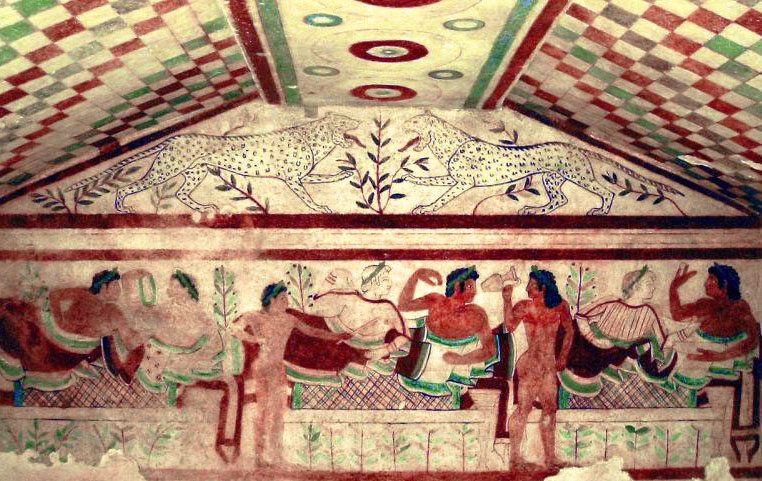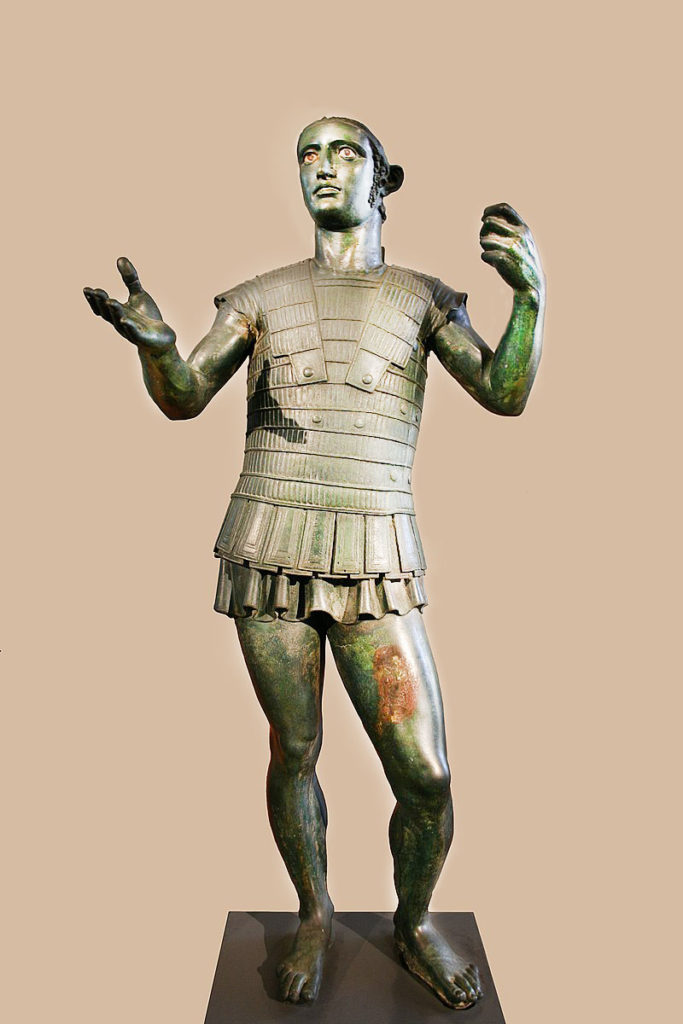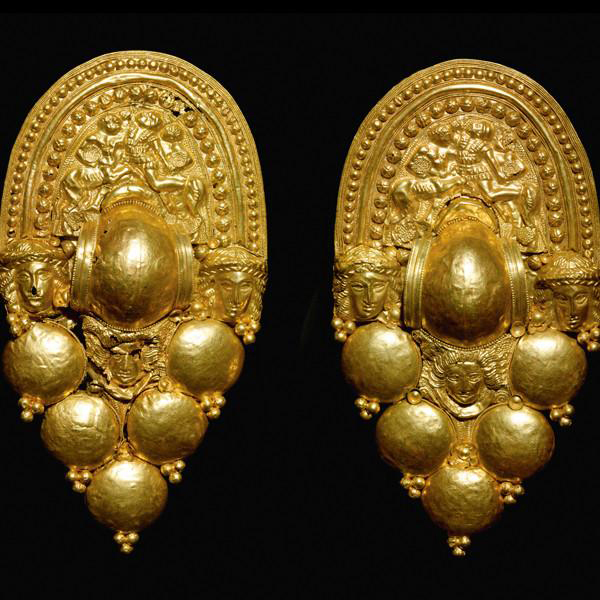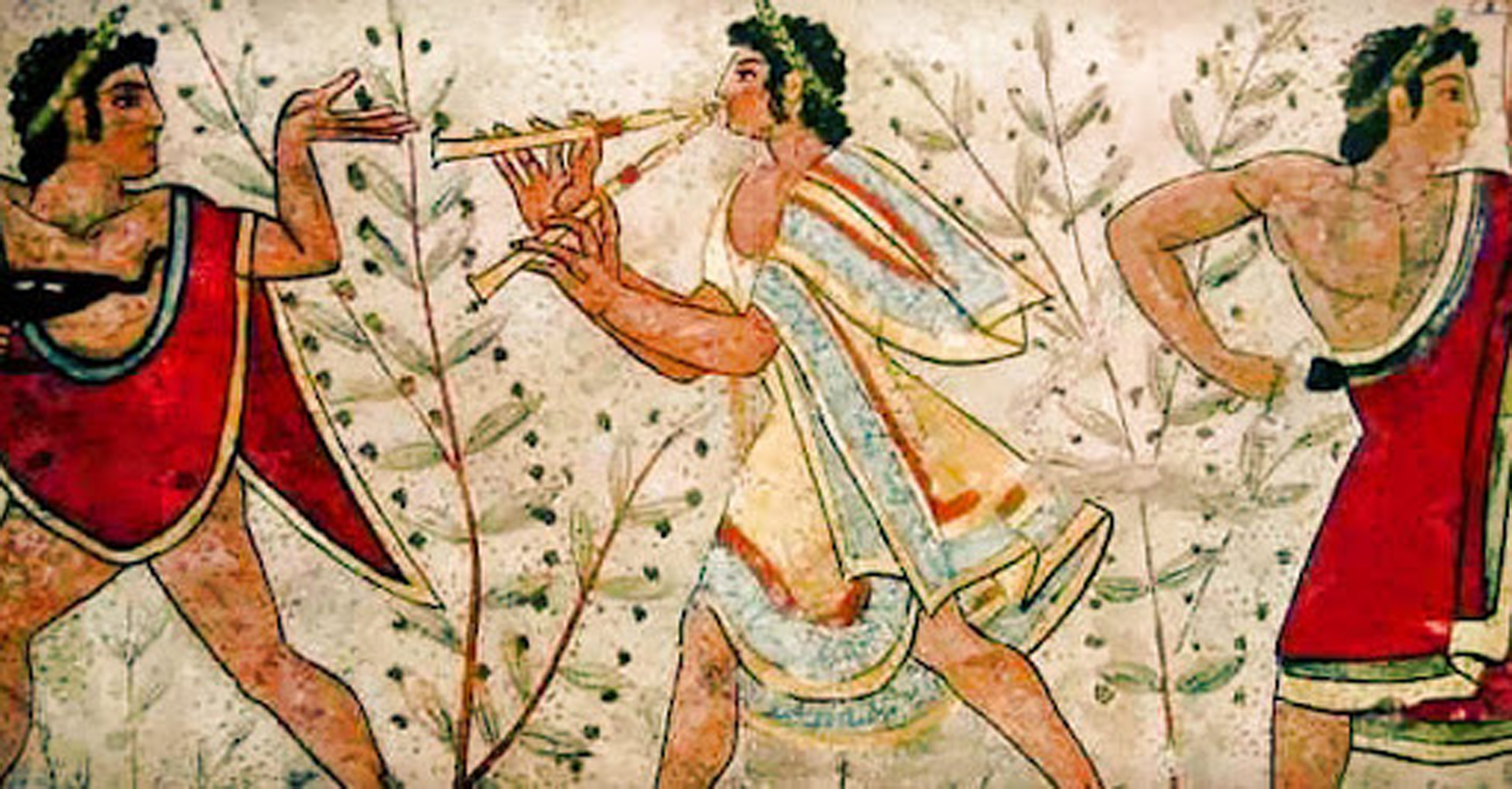Before the glory of Rome, the Etruscans ruled much of the Italian peninsula. Centuries before the days of the Roman Empire, three of Rome’s first kings were from Etruria and Etruscans were influential during the founding of the kingdom that would grow to become the dominant empire of Europe, the Middle East and Northern Africa.
The Etruscans left no surviving history of their own. Remnants of their writings are almost exclusively concerned with religion. With a unique and still largely unknown language, the early civilization of the Etruscans was substantially different from other societies of the Iron Age, boasting a sophisticated knowledge of agriculture, metalworking and sculpture that strongly influenced the ancient Greek and Roman cultures. The Etruscans thrived for centuries, but were conquered by the Romans in the third century BC. Their culture was quickly assimilated into the Roman Republic.
For generations, researchers have been divided about who the Etruscans were and where they came from. As early as the fifth century BC, the Greek historian Herodotus wrote that the enigmatic people first lived in a faraway land before migrating to the Italian peninsula, but that has now been proven to be inaccurate. Many assumed that Herodotus meant that the Etruscans came across a sea to settle in the northcentral part of Italy. Anatolia, now part of Turkey, was suspected as the land of their origin, but now evidence points to another direction, confirming that the Etruscans did not come from any other land. They evolved from the Villanovan culture of Etruria.

A sweeping genetic survey has confirmed the Etruscans’ origins and have proven Herodotus wrong. The Etruscan civilization started out in the area now named for them, Tuscany. The culture then spread to other parts of the Italian peninsula. The new DNA analysis centered on 82 individuals who lived between 800 BC and 1000 AD. It shows that these ancient people shared the same genes as their Roman neighbors. Researchers collected genetic samples from skeletons found across the former region of Etruria, which spanned Tuscany in northern Italy and the central part of the peninsula, as well as the island of Corsica.
The study found that the local gene pool was largely maintained and intact across the first millennium BC. Afterwards, it changed dramatically during the era of the Roman Empire, when imperial expansion sparked the incorporation of populations from across the Mediterranean.
The civilization’s still mostly indecipherable language is noticeably different from other societies of their era. It bears some commonalities with Greek, but this has proven to be a red herring for anthropologists for decades. The fact that the Etruscans were able to maintain their language despite waves of later migration testifies to the strength of their culture. The study also suggests that the ancient society passed along linguistic characteristics to other civilizations that later emerged on the Italian peninsula.
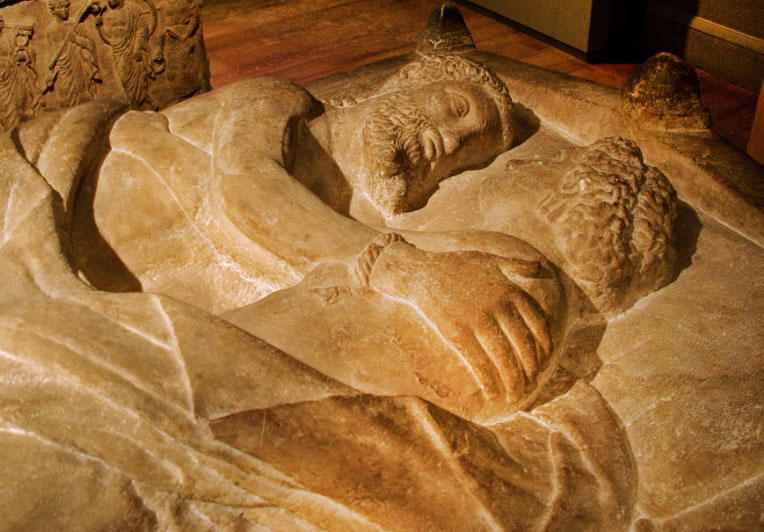
“This linguistic persistence, combined with a genetic turnover, challenges simple assumptions that genes equal languages,” said the study co-author David Caramelli, an anthropologist at the University of Florence in Italy.
March 19th – Father’s Day in Italy
He added that this “suggests a more complex scenario that may have involved the assimilation of early Italic speakers by the Etruscan speech community, possibly during a prolonged period of admixture over the second millennium BC.”
Though the language lasted for centuries after the collapse of its society, Etruria was eventually absorbed by Rome. Later, the Etruscan language and culture similarly disappeared. Now that researchers finally have a clear picture about where the Etruscans originated, the next piece of the puzzle will be to determine how and why the civilization lasted as long as it did and how it finally ended.
